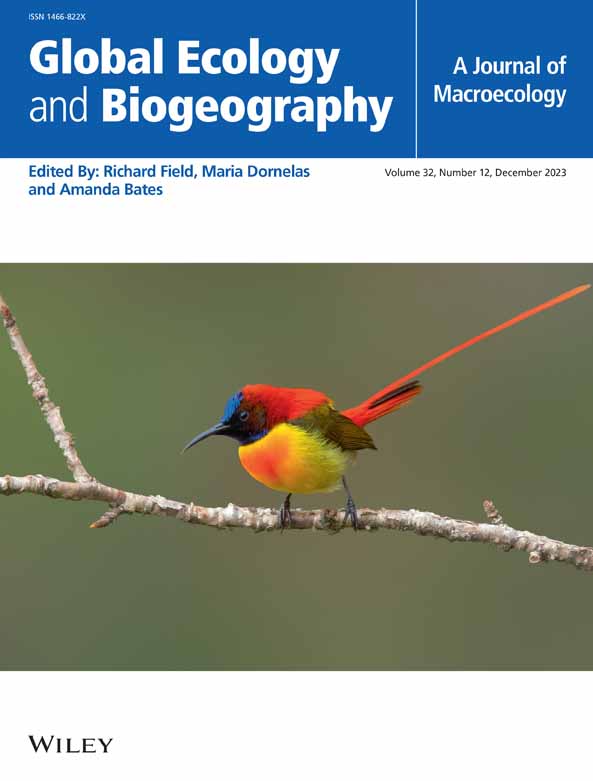Microbial Responses to Temperature Change Mediated by Nutrient Enrichment
Abstract
Aim
Understanding of the mechanisms in community reorganisation and predicting species distribution are challenging because species responses to warming vary notably. We assessed thermal responses of aquatic bacterial communities in 167 stream biofilms and 480 field aquatic microcosms on subtropical and temperate mountainsides with contrasting climates, and examined the joint effects of temperature and nutrients on thermal responses.
Location
Galong and Qilian mountains of the Tibetan Plateau, China.
Time Period
July to September in 2018.
Major Taxa Studied
Bacteria.
Methods
We examined bacterial communities using high-throughput sequencing. We quantified aggregated thermal responses of bacterial communities for each sample based on changes in species abundance along temperature gradients. Finally, we studied the effects of temperature change and nutrient enrichment on thermal responses using structural equation models.
Results
Bacterial species showed consistent responses to temperature change within each climate zone in streams or microcosms. The magnitude of positive and negative thermal responses increased and decreased with lower rRNA operon copy numbers, respectively. In the two contrasting climate zones, the community-level thermal responses consistently increased with rising temperatures. Bacterial phyla and classes with diverse species thermal responses showed greater sensitivity of thermal responses to warming. Unexpectedly, thermal responses were more sensitive to warming at higher and lower nutrients in the subtropical wet and the temperate arid climate zones, respectively. The divergence is explained by the fact that nutrients showed stronger effects on thermal responses in the temperate arid than in the subtropical wet climate zones, while temperature was dominant in both climate zones. The result was consistent in streams and microcosms.
Main Conclusions
Our synthesis across two contrasting habitats and climates clearly shows consistent patterns in microbial thermal responses along temperature gradients. Sensitivity of thermal responses to warming is mediated by nutrient enrichment. Our findings provide a novel understanding of aquatic microbial biodiversity responses to global change.

 求助内容:
求助内容: 应助结果提醒方式:
应助结果提醒方式:


